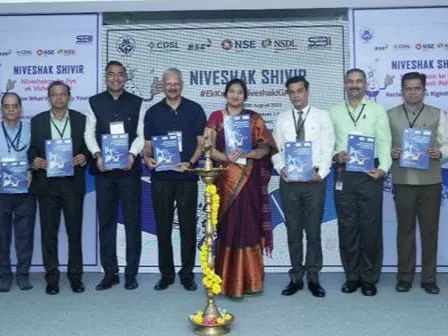Overnutrition is a growing concern in urban India, contributing to increased rates of obesity and related health problems .
General Trends:
- Increasing Rates: Studies and surveys show a rising trend of overweight and obesity in India, particularly in urban areas .
- Economic Impact: The World Health Organization (WHO) warns that non-communicable diseases (NCDs) and obesity are becoming more prevalent among the most economically productive segments of Indian society .
- Double Burden: India faces a “double burden” of malnutrition, with both undernutrition and overnutrition coexisting . While undernutrition remains a challenge, overnutrition is increasingly prominent, especially in urban settings .
Factors Contributing to Overnutrition:
- Dietary Changes:
- Increased consumption of energy-dense foods, fats, sugars, and processed foods .
- Higher intake of refined grains .
- Increased consumption of milk products, meat, and eggs .
- Lifestyle Changes:
- Sedentary lifestyles and reduced physical activity .
- Increased screen time (television, mobile phones) .
- Use of motorized transport, decreasing physical activity .
- Socioeconomic Factors:
- Affluence and changing family structures .
- Targeted marketing and advertising of unhealthy foods .
- Environmental Factors:
- Greater availability and affordability of ready-to-eat and processed foods .
- Increasing density of “obesogenic environments” in neighborhoods, with easy access to calorie-dense foods .
Health Implications:
- Increased risk of chronic diseases: Overnutrition leads to cardiometabolic conditions like Type 2 diabetes, hypertension, and cardiovascular diseases .
- Lowered immunity: Being overweight or obese can lower immunity, increasing susceptibility to infections .
Addressing Overnutrition:
- Integrated approach: Convergence of health and non-health sectors, including urban planning, education, and agriculture, is recommended to address overnutrition .
- Policy interventions: Implementing policies that promote healthy food choices, regulate food marketing, and encourage physical activity .
- Community-level interventions: Creating awareness, promoting healthy lifestyles, and improving access to nutritious foods .
- Individual-level actions: Encouraging self-monitoring of diet and physical activity, and promoting nutrition education . For health & disease news click www.eminentnews.com



























